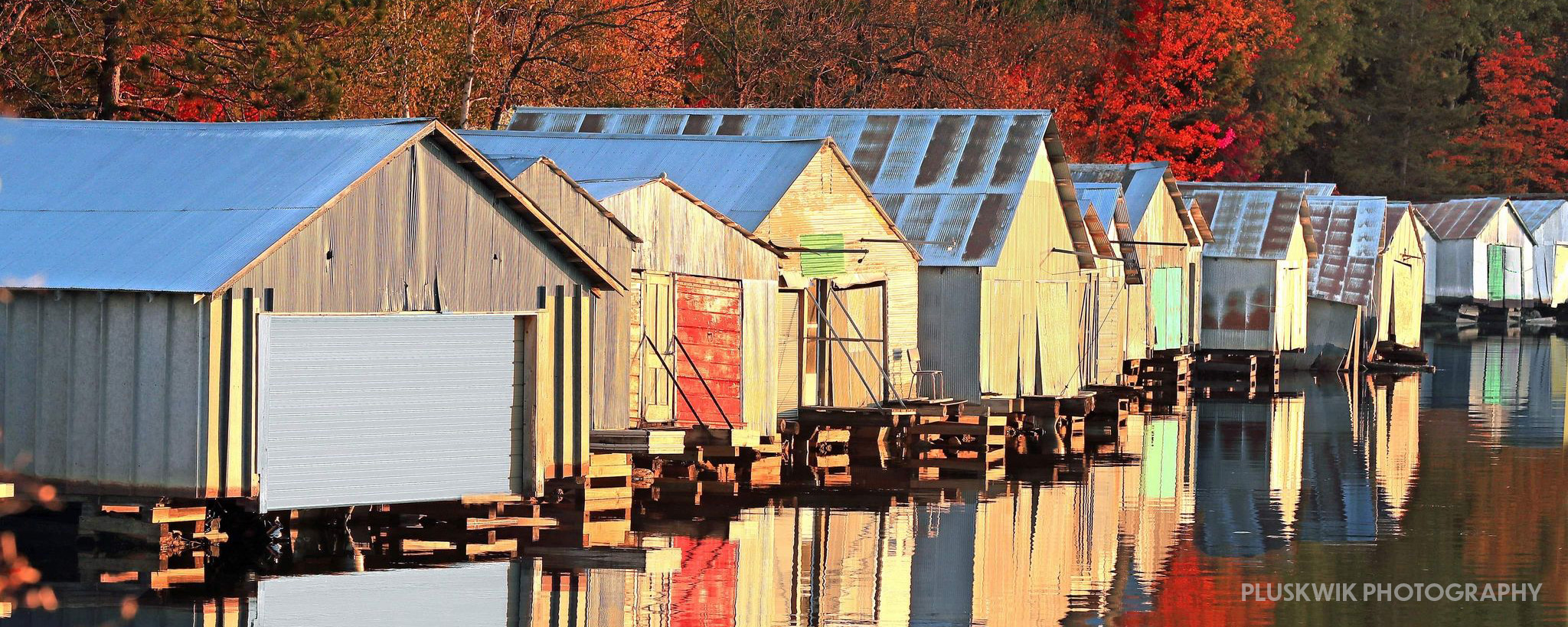Photo Gallery
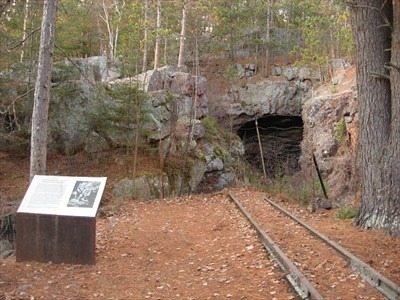
The Breitung mine pits, where the iron ore was retrieved from open pits in the 1880’s.
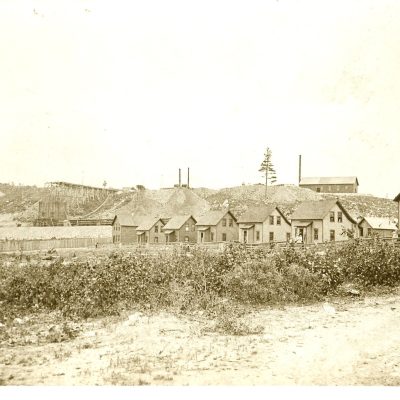
The building at the right of this photo is the original Oliver Club of the Oliver Mining Company. This photo captures the lower end of Jasper Street in Soudan, circa 1910. From the left, these homes were inhabited in those early days by the Tezak family, Edwin St. Vincent family, Jack Hill family, Mr. and Mrs. Ernest Carlson, Harold Carlson family, and Conrad Lindstrom family. The Oliver Club was later converted into a residence where the Sulo Peitso family lived.
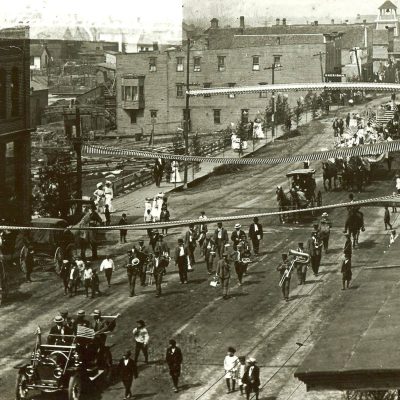
A rousing Independence Day parade has long been a Tower tradition. The Main Street would be smartly decorated with balsam trees topped with “Old Glory” and multiple city bands, dignitaries and children would take to the street in a grand parade.
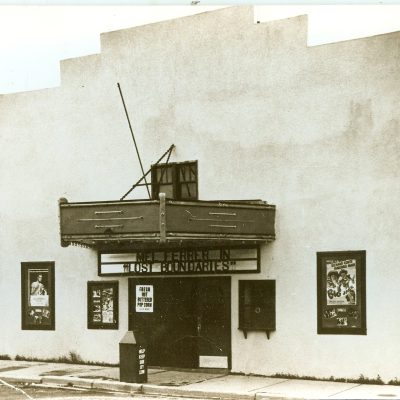
Advertisements in early days note the price as “Usual Prices of Admission”
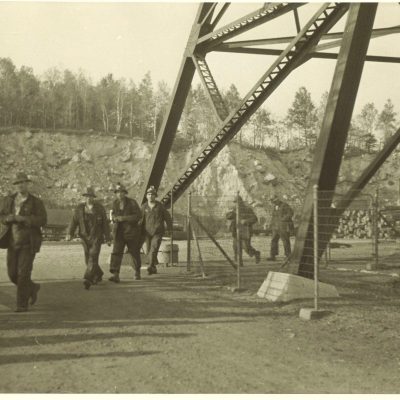
Shift changes at the Soudan Mine. Miners head for the “dry” as their work day ends. The Soudan Mine, the first iron mine in Minnesota, was closed in December 1962. It opened in 1965 as a State Park offering spectacular underground tours of the mine. Its caverns over the years also housed scientific experimental studies, as well as studies on the bat species.
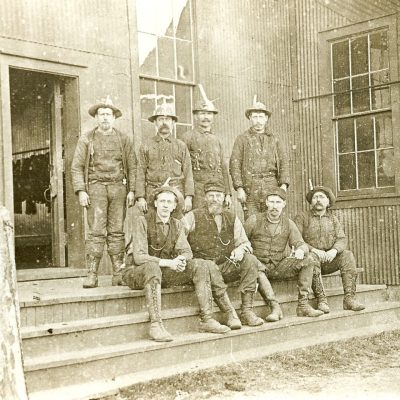
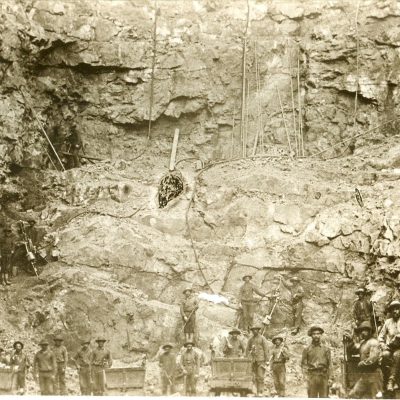
The Breitung mine pits, where the iron ore was retrieved from open pits in the 1880’s.
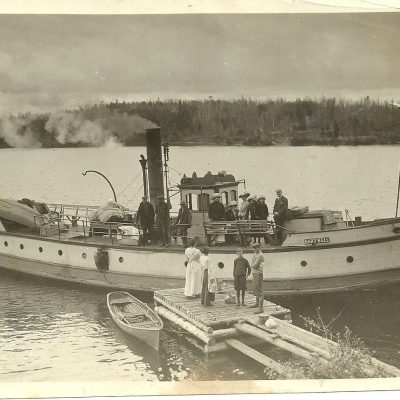
The large steamers which were found on Lake Vermilion in the early days were both working boats as well as pleasure boats taking people from the city of Tower to favorite picnic sites on the lake.
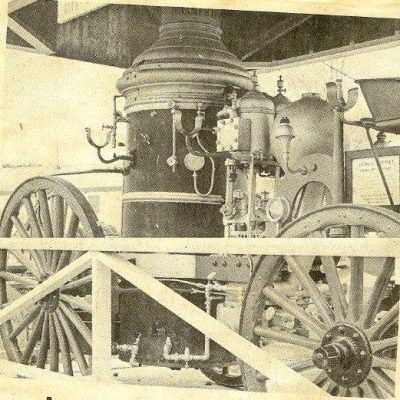
Even the 1891 Ahrens steam-powered, horse-drawn fire engine got dressed up for the Independence Day parade.
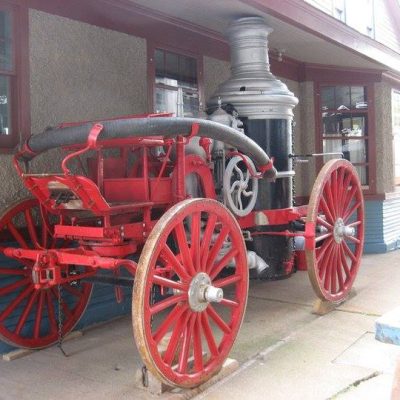
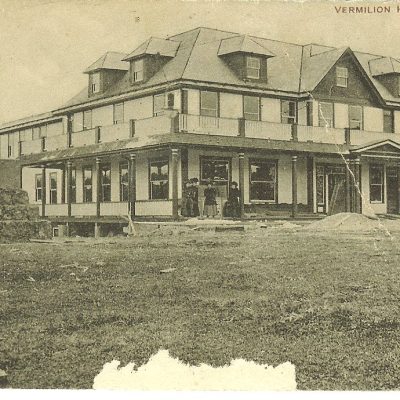
Large hotels were filled with working men, travelers, gold explorers and industrialists visiting Tower at the turn of the century. Tower was designated by the mining company to be the commercial center, while the Soudan location was developed exclusively for the miners and their families. Note the McKinley Monument at the left.
